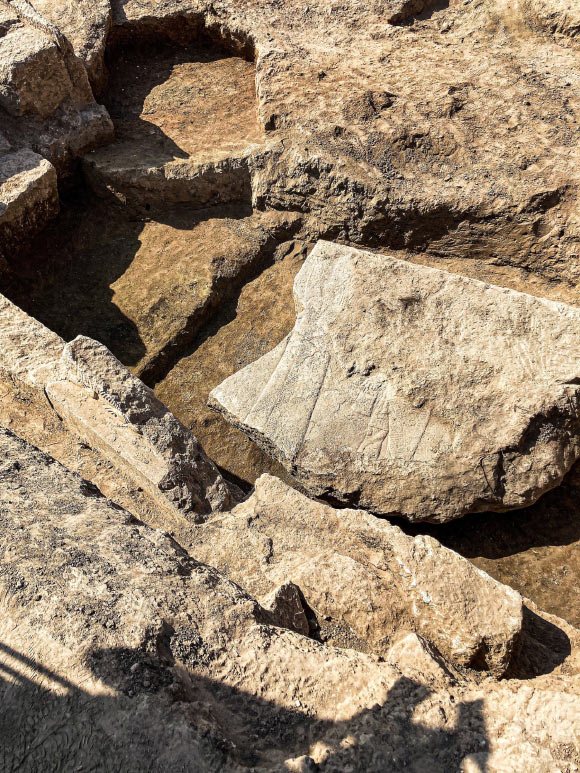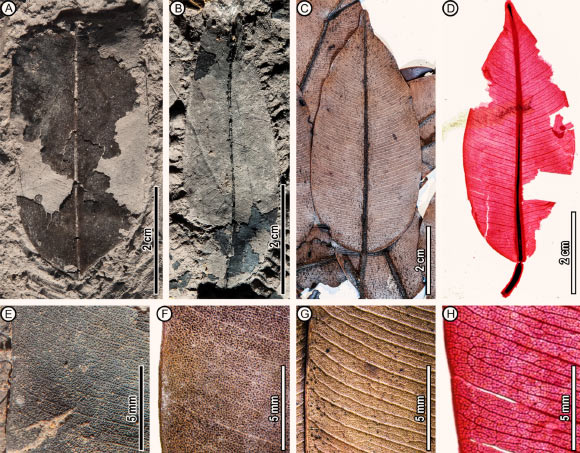Now Reading: 2,600-Year-Old Stone Relief Discovered in Ancient Nineveh
-
01
2,600-Year-Old Stone Relief Discovered in Ancient Nineveh
2,600-Year-Old Stone Relief Discovered in Ancient Nineveh

Rapid Summary
- Finding: A 2,600-year-old stone relief depicting Neo-Assyrian ruler Ashurbanipal, two deities (Ashur and Ishtar), and other figures was unearthed in Nineveh, modern-day Mosul, Iraq.
- Site Details: Nineveh was the capital of the Neo-assyrian Empire and one of North Mesopotamia’s most vital cities.
- Relief Characteristics:
– Size: 5.5 m long, 3 m high; weighs approximately 12 tons.
– Location: Originally installed in a niche across from the throne room’s main entrance within King Ashurbanipal’s North Palace.
– Depictions include a fish genius who grants salvation and life, a scorpion-man figure with arms raised, and references to a winged sun disk that likely adorned the relief initially.
- Importance: Unique depiction of major deities in Assyrian palace art; King Ashurbanipal is central to the artwork as “the last great ruler” of his empire.
- Archaeological Context: Relief fragments were buried in an earth-filled pit likely from the Hellenistic period (3rd or 2nd century BCE), which explains their preservation despite earlier British expeditions missing them.
For further investigation: The heidelberg University archaeologists aim to study this discovery extensively and publish findings.
!139032-Ashurbanipal-Relief.jpg”>3D Model Reconstruction
Indian Opinion Analysis
The discovery sheds new light on ancient Near Eastern civilizations like the Neo-Assyrian Empire while highlighting nuanced artistic practices. For India-a nation rich with history-such breakthroughs remind us about appreciating our own archaeological heritage for both its historical significance and cultural insights. India’s empires like Maurya or gupta similarly shared global influence akin to Assyria’s prominence during its zenith. Studying governance systems from discoveries such as this could build comparative perspectives on early statecraft ideals.
Furthermore, advanced excavation methods used here showcase how global collaboration among archeologists can recover priceless artifacts even centuries later-modeling practices India can employ when tackling complex digs at sites like Mohenjo-daro or Vijayanagara using technology-driven solutions.




























